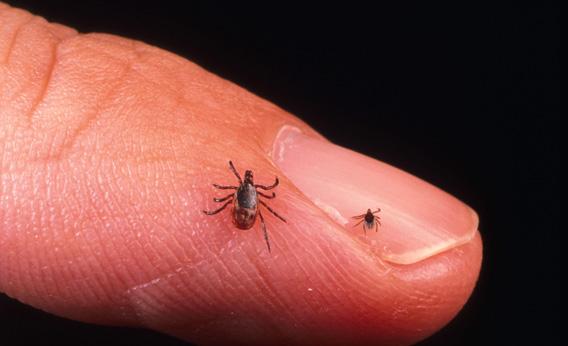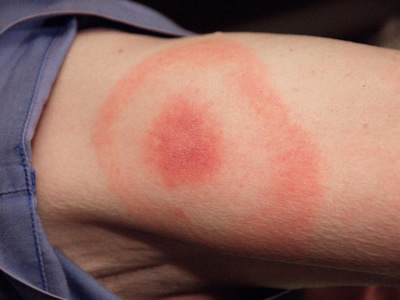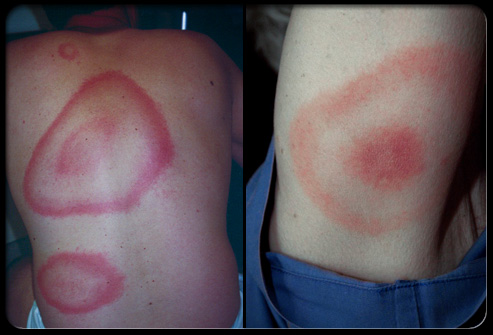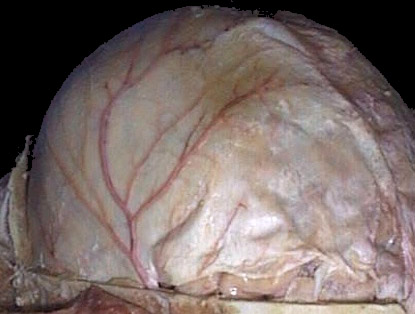Signs & Symptoms of Lyme Disease

Lyme disease is caused by a species of bacteria called Borrelia. This bacterium enters in human beings by the bite of an insect called deer tick. This disease is common in Northern Hemisphere, mostly in North America and Europe.
Lyme disease can be treated by using antibiotics at an early stage, but if it gets late, diagnosing the symptoms becomes quite complex. This disease originated from the town of Lyme, Connecticut, which is why it was named after it. When ticks bite, the bacterium enters the body and start spreading through the bloodstream. The exact time of the period of incubation to the symptoms in not known. Symptoms may arise within two weeks or it may take months or years to indicate the problem.
Instructions
-
1
First symptom is physical, the tick bite leaves a circular diverging rash on the skin, and redness increases at that place. You cannot diagnose the severity of the disease at this stage. Mostly people do not care about such rashes and do not try to dig out the reasons behind it.
Image Courtesy: faim.org

-
2
After a few days, the bacterium multiplies itself and spreads into the entire body by entering the blood stream. Gradually, the host human can feel the lumps arising at different places of the body such as ear lobes. It is not necessary that it appears at the same place where the tick had bitten.
Image Courtesy: lymediseaseguide.org

-
3
Considering the transportation of bacterium through blood, the next symptoms of the disease can be the changes in heartbeat, which may cause dizziness, heart palpitations, flu, fever, headache and pain in joints and muscles. People may take it as fatigue and would not consult the doctor at first, which can be dangerous for them and worsen their disease.
Image Courtesy: cflhomeless.files.wordpress.com

-
4
If the disease remains untreated, it will disturb mental health of the patient and bring up few worst symptoms like meningitis, encephalitis, radiculoneuritis, loss of memory and disturbance in sleep.
Image Courtest: library.med.utah.edu

-
5
Doctors cannot diagnose the disease by just having a look at the rashes caused by the tick bite. The serological blood tests can help in diagnosing the disease.
Image Courtesy: twimg0-a.akamaihd.net

-
6
The disease will continue effecting central nervous system and cause pain in entire body, numbness, loss of concentration, schizophrenia, panic attacks, anxiety, delusions, Acrodermatitis chronica atrophicans (ACA) in which skin becomes thin, hairless and dry.
Image Courtesy: 2.bp.blogspot.com






